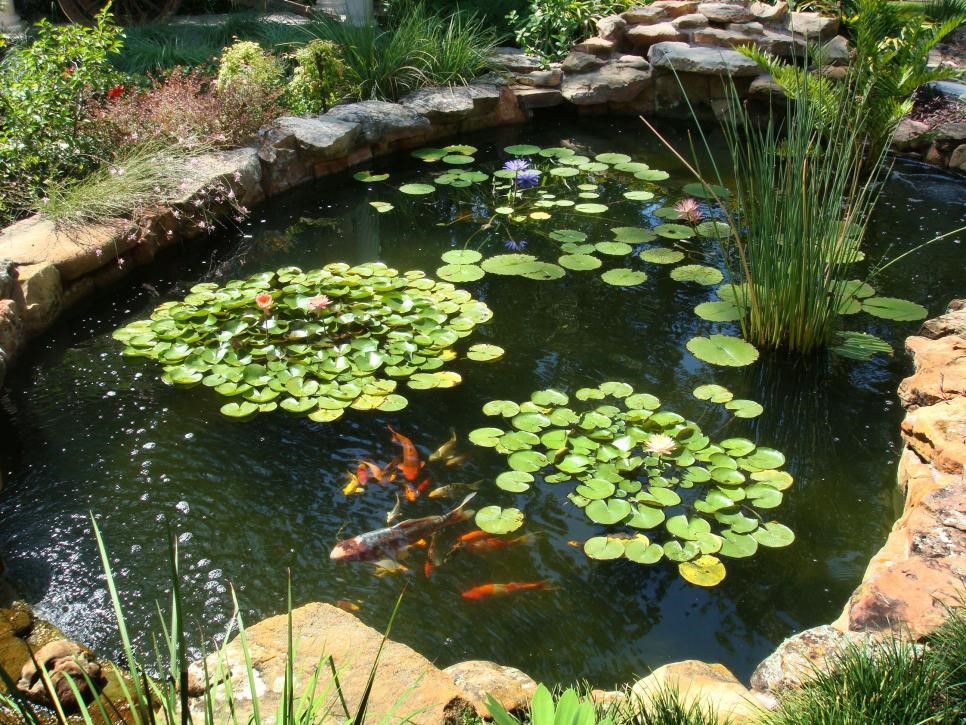
For most homeowners, building a pond comes with certain expectations. Whether it’s dappled sunlight on still, peaceful waters or the ruckus of birds clamouring for space, we tend to have an idealised vision of this type of garden feature. While both of these scenarios are entirely possible, constructing a pond is a process. It takes both time and patience.
So, you’ve got to be sure that it’s what you want. Garden ponds are very much living entities. They provide a home for all kinds of creatures and this means that they’re in a state of constant flux. They require regular monitoring and, sometimes, treatment to remove certain kinds of algae and other undesirable substances.
This guide to keeping your pond happy and healthy will give you some tips on maintenance.
Install a Pump
High-quality irrigation supplies are very affordable these days.
They aren’t an absolute necessity, but they make caring for a water feature so much easier. The more oxygen that is circulated around the space, the healthier the water and the lower the risk of dead plant life. You don’t want to be constantly scooping decaying matter out of the pond because there isn’t enough oxygen for plants and animals to thrive.
Get the Dimensions Right
The minimum depth for a garden pond is 50cm. Most are substantially deeper than this, but it will depend on the amount of available space. If possible, incorporate slightly sloping banks. This helps frogs, lizards, and other critters to crawl out if they get into trouble while drinking.
Don’t Over Tidy
On the other hand, you don’t want to be too fixated with neatness either. While it’s a good idea to remove large amounts of dead plant matter when you find it, don’t worry too much about mud, leaves, twigs, and stones. They make great hiding places for wildlife and add interest, texture, and personality to the feature.
Take Care with Chemicals
It is very easy for fertilisers and pesticides to end up in the water. This is extremely bad for the health of the pond and may even kill off the living things inside it. Wherever possible, stick to natural methods and products when gardening close to the perimeter. The smaller the pond, the more difficult it will be for the plants to dilute the chemicals in the air.
No Filling Up with Tap Water
You’d be surprised at the number of people who don’t realise that tap water is unsuitable for use in ponds. The composition of minerals is completely different to something like rainwater and it can have a detrimental impact on health. So, do not use tap water to refill or boost the level of water in the pond. You’ll only feed the algae. If they overproduce, they eat up all the oxygen and make it hard for other wildlife to survive.
Isolate Your Fish
Similarly, not everybody knows that fish rarely get on well with other types of wildlife. Usually, it comes down to a choice between pond fish and other creatures like frogs, newts, and small lizards. It is rare for both to thrive in the same space. It is worth remembering this when designing your water feature, especially if you’re trying to create a very natural environment.
Take a Load Off
After all the work invested in planning, designing, and building the pond, you deserve to enjoy it. Whether you install a little bench close to the water or take a stroll around its perimeter in the evenings, the final tip is simply to celebrate your vision. There is something endlessly soothing about being close to water, so find a spot and take in the beautiful view.